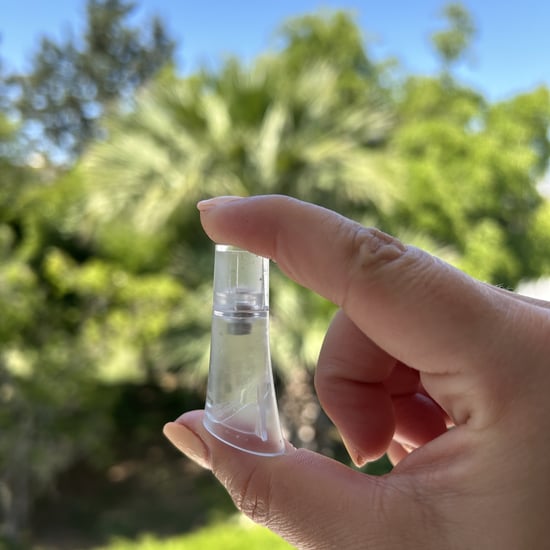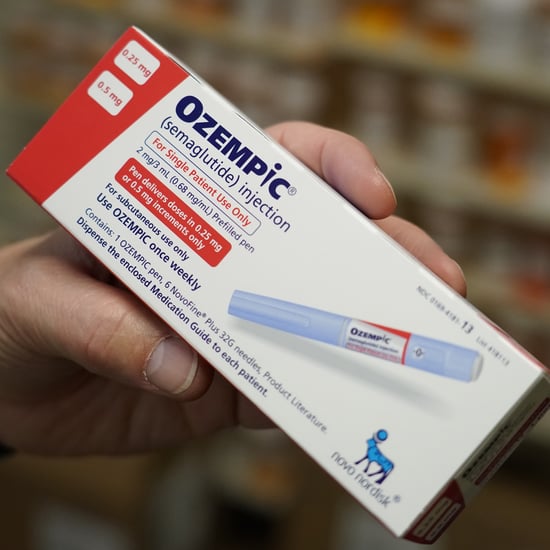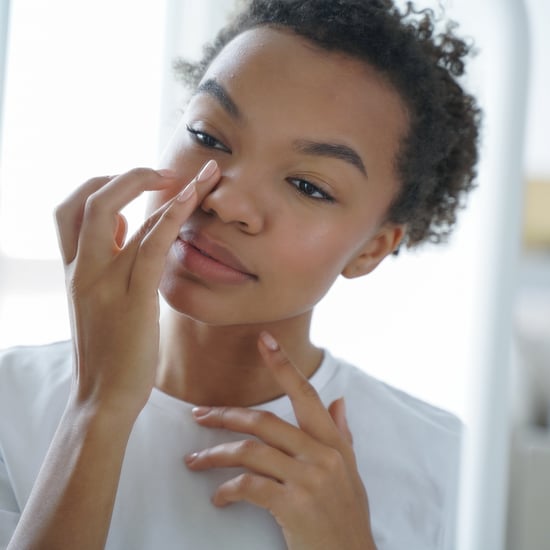The Hidden Cost of Skin Conditions
The Hidden Cost of Skin Conditions Need to be Addressed

We are living in a time when just leaving the house can feel like you're burning money, but have you ever thought about the added costs for those living with skin conditions? They can have debilitating impacts on those who experience them, but on top of the emotional toll are hidden spends that are rarely shared. The 2020 All-Party Parliamentary Group on Skin Report revealed that a staggering 98 percent of people with a skin condition said it affected their emotional and psychological wellbeing. We know that sadly it can influence self-esteem, relationships, and work life, but the financial cost can be just as debilitating; often being the unspoken element of skin conditions.
The financial burden that comes with skin flare-ups and chronic conditions is one that's often not openly discussed and something many who haven't experienced struggle to understand. To highlight the hidden cost of skin conditions, POPSUGAR has spoken to one person who has experienced it first-hand and an expert who treats patients daily and who understand (and empathises with) the topic deeply.
The Economic Burden of Skin Conditions
"At the height of my eczema flare-up, I was spending an absolute fortune on products to help manage my condition," content creator Elise Loubatieres (@LittleMissPlumful) tells POPSUGAR. And she's far from alone. One look at hashtags like eczema and rosacea on TikTok and there are thousands of videos of people sharing their tips, struggles, and stories. A big part of that conversation, particularly among Elise's followers, is how difficult the additional cost can be. "Having a skin condition is very expensive, but your sanity is priceless. I can see how people go broke trying to fix their skin," Elise says.
The first economic factor is the sheer amount of products people need to use with conditions like eczema. "As well as paying for prescriptions I would be purchasing additional products, often spending anything between £50-£100 a month on skincare," Elise notes. "I can easily go through two shower gels and two body creams in a week, I wash and moisturise my skin that much. When in a full flare-up I actually apply emollient before showering, as even water can make my skin sting so I need that extra protective layer." It's far more than your average skincare consumption, that's for sure.
@littlemissplumful This is completely normal behaviour for an #eczemasufferer 😅 Smothering my #eczema in #emollient #ointment like #hydromol not only helps to make my dry #eczemaskin feel more comfortable but also prevents #transepidermalwaterloss & protects my skinbarrier. You gotta do what you gotta do! #onthisday #emollients #eczemawarriors #eczemaawareness #eczemacommunity #eczemawarrior #eczemaface #eczemahealing #eczemaointment #eczemaemollient #eczematreatment
♬ original sound - littlemissplumful
Although GPs are able to write prescriptions for a lot of creams, it can be a bit of a lottery with the NHS when it comes to professionals understanding the true extent of certain skin conditions and actually prescribing what is needed. Elise says this is where advocating for yourself really comes into play.
Consultant dermatologist and psychodermatologist (where psychological wellbeing and the skin are interconnected) Dr Alia Ahmed notes that nutrition and supplements are something a lot of her patients have to consider too. Some with skin conditions respond particularly well (or badly) to certain foods that can be an added expense to already very high food shops. Similarly, supplements can be a fantastic addition to a daily routine for those with skin conditions, but they don't always come cheap.
In the same vein, Dr Ahmed explains that many of her patients have to consider things like clothing, bedding, air purifiers, and water softeners. "I don't think many people realise that all of this is a financial cost to [those with skin conditions]," she says. Elise explains that even wearing creams to bed can stain sheets, meaning these need replacing more often in some cases. These are things a lot of us take for granted and don't have to add to the burden of our finances, especially in the cost of living crisis we're currently facing where budgets are already tightened.
"Having a skin condition is very expensive, but your sanity is priceless. I can see how people go broke trying to fix their skin."
Elise says that she feels lucky living so close to her local GP and hospital so that she's able to walk to her appointments and not have to add the cost of travel to her expenses. When people do have to travel, many are understandably reluctant to get public transport. "When my eczema was at its worst, I wouldn't take public transport partly because of how self-conscious I was of my red raw flaking skin," Elise admits, noting that this was also in an effort to avoid getting infections as her skin would often be broken and exposed.
Then there's the difficulty of working when you have a chronic, debilitating skin condition. If you've never experienced a skin condition or known a loved one who has, it's common to easily dismiss the idea of not working due to your skin. But we're not talking about a small blemish here and there. Chronic, full-body skin conditions can be incredibly painful and life-limiting. "Living with a chronic condition is a constant consideration not only when it comes to covering costs, but also balancing it out with the possible loss of work due to the condition," Elise adds.
Finally, Dr Amhed notes the cost of time is also a factor to consider. Time is money, and when you're spending hours over the course of the week applying products, organising appointments, picking up prescriptions and so on, it really adds up.
The Emotional Cost of Skin Conditions
Not only is the financial cost of a skin condition difficult to deal with, but the emotional cost must be taken into account. This is something that Dr Ahmed champions, taking patients' mental health seriously. "People think that no one dies in dermatology but they do, and they die by suicide," says Dr Ahmed. "It might seem like a small statistic, but 5 percent of people with skin conditions feel like they don't want to continue their life and that's actually very high," she adds. "It's our job to support these people, not only medically for their skin, but also psychologically for how their skin has made them feel."
Elise notes that on top of feeling like a financial burden, sufferers can also be seen as "anti-social and unwilling to go out when in a flare-up, making everyone else change their plans in order to accommodate the person living with a skin condition," which can be emotionally challenging.
How to Cut Costs With a Skin Condition
If you're finding yourself struggling financially due to the cost of your skin condition, the first thing to do is tell people who care about you that you're finding things difficult. Book an appointment with your GP and have a loved one come with you to help advocate for you.
One of the biggest pieces of advice when it comes to product top-ups, is to apply for a prescription prepayment certificate (PPC), which has a 3-monthly or 12-monthly option available. This often results in big savings for prescriptions of oral medications and topical creams; you can check your eligibility here.
Dr Ahmed says you don't need to go for big name brands and you don't necessarily need a huge selection either. You can ask your GP or dermatologist for specific advice when it comes to your skin condition, but most products with similar ingredient lists will get the job done fine, regardless of the brand. Elise advises that tubs of hydromol are a firm favourite in the eczema community, as they're cost-effective and can be used as a soap alternative and moisturiser. Dr Ahmed emphasises the importance of using your products effectively to keep costs down; like keeping cream in the fridge if you find relief from burning and itching with cold compression.
It's important not to get sucked into clever marketing claims here, too. "People who are chronically suffering with a skin condition are absolutely desperate for a cure or a quick fix, that one product to fix all their problems," Elise says. "Desperation can lead to people trying anything no matter the cost in the hope that this may finally be the product to fix it all. Brands know this and absolutely exploit those in need," she adds, even recalling that skincare brand accounts reply to followers on her TikTok video comment sections promising her followers a "cure" for their condition.
Dr Amhed also recommends making use of retailer offers. Similarly, using subscribe and save with repeated, regular purchases.
Finally, Elise notes that it's important to consider all elements of your life and how it relates to your condition in order to manage it holistically. "Evaluating your lifestyle, diet, allergies, stress levels, sleep, and how these correlate to flare-ups is so important," she says.






